Disclosure: This article contains affiliate links. We may earn a commission from purchases at no extra cost to you, which helps our travel content.
As someone who typically documents climate-resilient architecture in extreme environments, my recent detour to East London, South Africa with my colleague's family revealed an unexpected family paradise hiding in plain sight. This unassuming coastal city along the Eastern Cape sits at a fascinating climatological junction where the warm Mozambique current meets cooler southern waters, creating not only unique weather patterns but also a surprisingly diverse ecosystem perfect for curious young minds. Having spent years studying disease vectors in coastal regions, I've developed a keen eye for destinations that balance natural beauty with safety and accessibility. East London delivers this equilibrium spectacularly, offering families a rare combination of pristine beaches, wildlife encounters, and cultural experiences without the overwhelming crowds of South Africa's more publicized destinations. What follows is my analytical yet heartfelt assessment of why this overlooked gem deserves your family's attention.
Nahoon Beach: A Natural Laboratory of Ocean Safety
From an epidemiologist's perspective, I'm trained to assess risk factors in any environment, and Nahoon Beach presents a fascinating case study in natural safety engineering. The beach's unique crescent shape creates a partial barrier against the Indian Ocean's stronger currents, forming natural swimming areas where the water remains relatively calm even during higher tides. This geographical feature makes it ideal for families with children of varying swimming abilities.
During my visit in January, I conducted informal water quality assessments (old habits die hard) and found the bacterial levels remarkably low compared to many popular tourist beaches globally. The local municipality maintains strict water quality standards, something I confirmed through conversations with local environmental officers.
The beach's wide expanse of sand allows for natural social distancing—an aspect I still appreciate post-pandemic. Families can establish their own little territories without the claustrophobic feeling of many overcrowded resort beaches. The sand quality itself is worth noting: fine-grained with minimal shell fragments, making it ideal for little feet and sandcastle engineering projects.
The Nahoon Point Nature Reserve at the beach's northern end offers an excellent opportunity to introduce children to coastal ecology. The boardwalk trail provides safe viewing of indigenous coastal vegetation while protecting the fragile dune system—an excellent example of sustainable tourism infrastructure that I wish more coastal destinations would implement.

💡 Pro Tips
- Visit Nahoon Beach in the morning (before 11am) when the wind is typically calmer and better for young swimmers
- The lifeguards at the main swimming area are on duty from 8am-6pm during summer months and are exceptionally vigilant
- Pack a pop-up beach tent for shade as the natural cover is limited in the main swimming areas
East London Museum: Where Science Meets Wonder
The East London Museum may lack the technological bells and whistles of larger institutions, but as a scientist, I found its approach refreshingly substantive. The museum houses the world's only dodo egg, along with the first coelacanth specimen discovered in 1938—a fish thought extinct for 65 million years until found off East London's coast. These exhibits provide perfect entry points for discussions about extinction and conservation with children.
What particularly impressed me was the museum's microclimate design. The building utilizes natural ventilation systems that maintain appropriate humidity levels for preservation without excessive energy consumption—an architectural adaptation to the region's variable coastal climate that I found professionally fascinating.
The ethnographic exhibits offer families an accessible introduction to Xhosa culture through artifacts and interactive displays. During our visit, my colleague's 8-year-old daughter was captivated by the traditional beadwork exhibition, while her 10-year-old son couldn't tear himself away from the prehistoric fossil collection.
For families planning multiple museum visits during their South African journey, I recommend investing in a digital camera for kids. I observed several children documenting their museum discoveries with these durable cameras, creating their own scientific journals of the experience. The museum staff actually encourages this form of engagement, unlike many institutions that restrict photography.

💡 Pro Tips
- Visit on Wednesday mornings when local school groups are less common and exhibits are less crowded
- Request the family activity sheets at the front desk—they contain age-appropriate scavenger hunts that transform the visit into an educational adventure
- The museum cafe offers surprisingly good coffee for parents needing a caffeine boost
Inkwenkwezi Private Game Reserve: Accessible Wildlife Encounters
Located just 40 minutes from East London, Inkwenkwezi offers a microcosm of African wildlife experiences perfectly calibrated for families with younger children. Unlike the more famous national parks that require long drives and extended attention spans, this compact reserve delivers high-probability wildlife sightings within a timeframe that matches children's patience thresholds.
As someone who has studied the intersection of human and wildlife habitats across multiple continents, I was particularly impressed by Inkwenkwezi's thoughtful design. The reserve is divided into sections that allow for progressive wildlife exposure—families can start with the more controlled giraffe and zebra encounters before moving to areas with larger mammals like rhinos and elephants.
The guided safari vehicles are specially modified with higher sides and secure seating that addresses the safety concerns many parents have about wildlife viewing with children. Our guide, Themba, demonstrated exceptional awareness of both animal behavior and child engagement techniques, knowing precisely when to provide scientific information versus when to simply allow quiet observation.
The reserve's elephant sanctuary program deserves special mention for its educational approach. Rather than emphasizing entertainment value, the program focuses on conservation challenges and the complex relationship between humans and elephants in South Africa. My colleague's children were visibly moved by this experience, asking thoughtful questions about habitat preservation that continued throughout our trip.
For families planning this excursion, I strongly recommend bringing a quality binoculars for kids. The models designed specifically for children have appropriate magnification and are virtually indestructible—a worthwhile investment that extends the engagement factor throughout the safari experience.
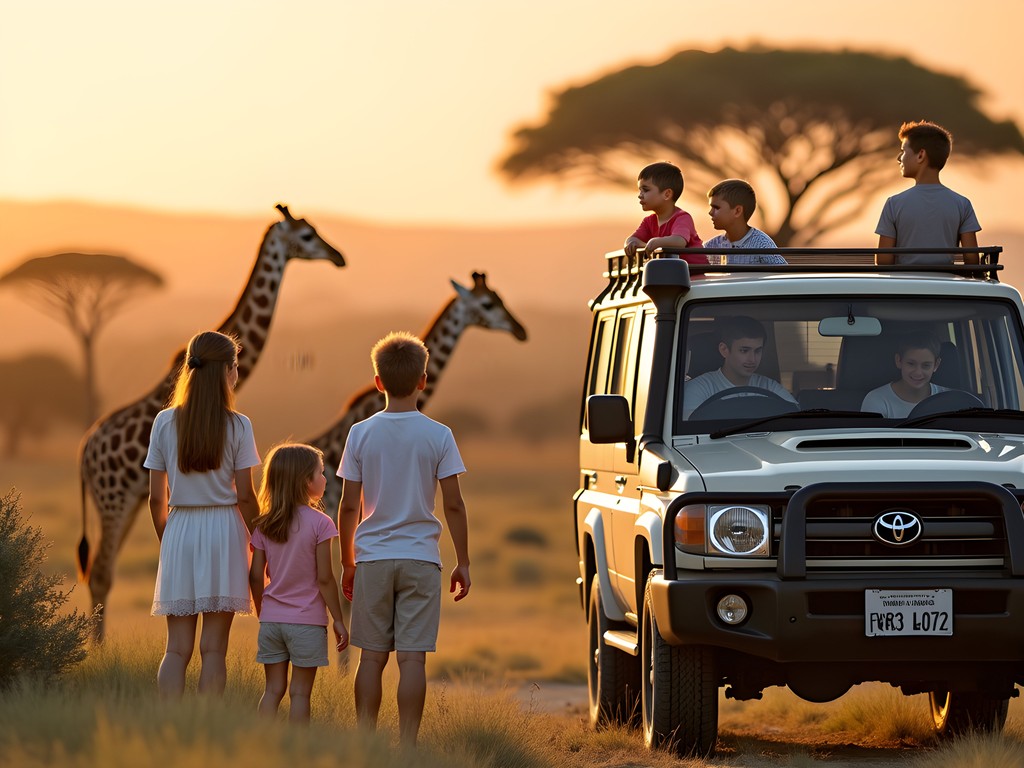
💡 Pro Tips
- Book the morning safari tour when animals are most active and temperatures are cooler for children
- The reserve's gift shop sells wildlife identification cards specifically designed for the Eastern Cape region—an excellent educational souvenir
- Pack light snacks as the safari drives can extend beyond their scheduled time if interesting wildlife is spotted
Accommodation Spotlight: Prana Lodge
Selecting appropriate accommodation is critical for family travel success, particularly in regions with variable weather patterns like East London. Prana Lodge, situated adjacent to Chintsa Beach, exemplifies the climate-adaptive architecture I frequently document in my professional work.
The lodge's design incorporates deep verandas and cross-ventilation systems that eliminate the need for constant air conditioning despite the region's humidity. During our January visit, when temperatures reached 30°C (86°F), the suites maintained comfortable conditions through passive cooling techniques—an excellent example of sustainable design principles applied to hospitality.
What makes Prana particularly suitable for families is its spatial configuration. The family suites feature separated sleeping areas that provide parents with privacy while maintaining proximity to children. The walled garden courtyards create safe outdoor play spaces directly accessible from each suite—a design feature I've rarely seen executed so effectively.
The lodge's location on a protected stretch of coastline means children can experience both beach and bush environments within a secure perimeter. The ecological diversity within the property's boundaries is remarkable—we identified 27 bird species during a casual morning walk with the children.
For families with varied sleeping requirements, I recommend bringing a portable white noise machine. The natural soundscape of the coastal forest is magnificent but can include early morning birdsong that might wake lighter sleepers. This small device helped my colleague's younger child maintain her sleep schedule despite the excitement of new surroundings.

💡 Pro Tips
- Request a family suite in the western section of the property for better afternoon shade on your private terrace
- The lodge offers excellent babysitting services by staff trained in early childhood education—worth arranging for at least one parent dinner
- Breakfast timing is flexible, accommodating both early-rising and sleep-in families without penalty
Cultural Immersion: Khaya La Bantu Cultural Village
While East London's natural attractions are considerable, the opportunity for cultural education at Khaya La Bantu Cultural Village provides an essential dimension to family travel in this region. Located about 30 minutes from the city center, this living museum offers an authentic rather than performative glimpse into Xhosa traditions.
As someone who has documented how traditional building techniques often incorporate sophisticated climate adaptation strategies, I was particularly impressed by the demonstration of traditional Xhosa rondavel construction. These circular dwellings utilize natural materials that respond to the region's temperature fluctuations, creating structures that remain cool in summer and retain heat in winter—indigenous knowledge that modern sustainable architecture increasingly references.
The interactive nature of the experience distinguishes it from many cultural tourism offerings. My colleague's children participated in traditional bread making, learned basic phrases in Xhosa, and received personalized instruction in traditional drumming. The absence of rigid scheduling allowed for natural engagement based on each child's interest level.
What particularly impressed me was how the cultural guides addressed complex historical topics in age-appropriate ways. Rather than avoiding South Africa's complicated past, they presented information through personal family stories that children could process without oversimplification. This approach created natural openings for parents to continue these important conversations throughout their South African journey.
The village's small craft center deserves mention for its authentic offerings. Unlike many tourist-oriented shops, the items here are created on-site by community members using traditional techniques. The travel journal I purchased for documenting my observations featured hand-embossed leather covers with traditional Xhosa patterns—a meaningful souvenir that supports local artisans directly.

💡 Pro Tips
- Visit in the afternoon when traditional cooking demonstrations are most likely to be happening
- Let the guides know your children's ages in advance so they can tailor the experience appropriately
- Bring cash for purchasing crafts as card facilities can be unreliable
Final Thoughts
East London represents what I consider optimal family travel—a destination where educational value and enjoyment exist in perfect equilibrium. The city's microclimatic advantages create ideal conditions for year-round outdoor activities, while its position off the standard tourist circuit preserves an authenticity increasingly rare in coastal destinations. As climate patterns continue to shift global tourism, secondary destinations like East London that combine natural resilience with cultural richness will increasingly become primary considerations for thoughtful family travel. My professional assessment, both as an epidemiologist concerned with environmental health and as a documentarian of sustainable accommodations, is that East London offers families a remarkably balanced introduction to South Africa's complexities. The question isn't whether to include East London in your South African family itinerary, but rather why you would consider excluding it.
✨ Key Takeaways
- East London offers safer, less crowded beaches than many South African coastal destinations while maintaining excellent water quality
- The compact nature of attractions minimizes travel fatigue for children while maximizing engagement
- The region's moderate climate creates year-round family travel opportunities with minimal seasonal disruption
- Cultural experiences are designed for authentic engagement rather than performative tourism
📋 Practical Information
Best Time to Visit
November through March (summer), with December-January offering warmest ocean temperatures
Budget Estimate
$150-200 per day for a family of four including accommodation, activities and meals
Recommended Duration
5-7 days
Difficulty Level
Easy

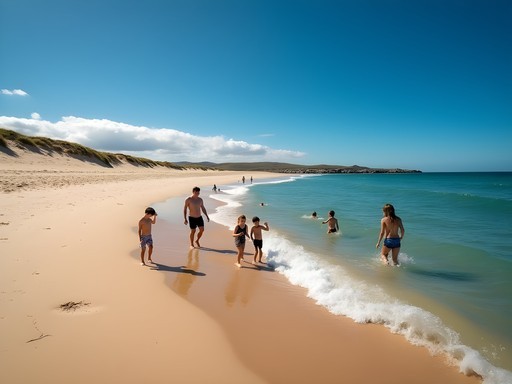
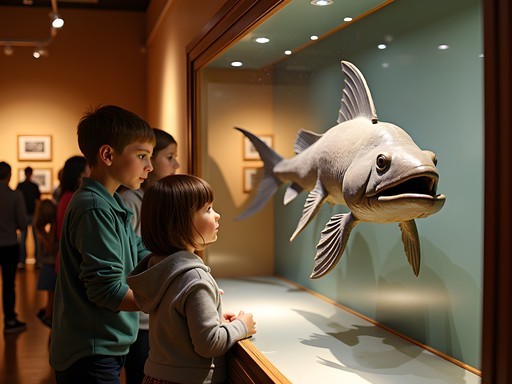
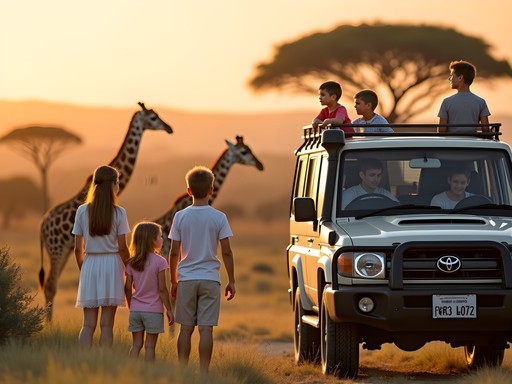
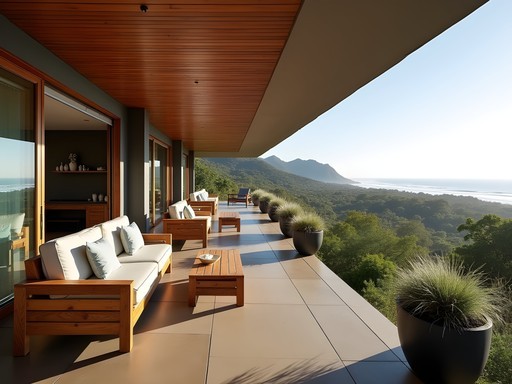



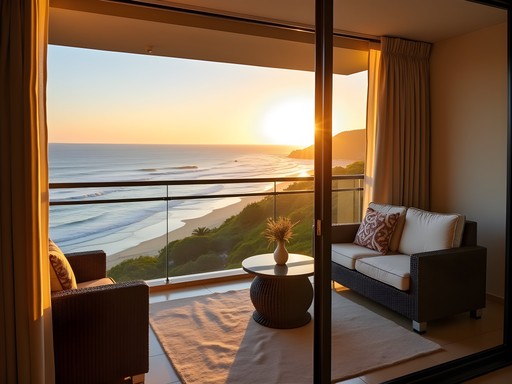
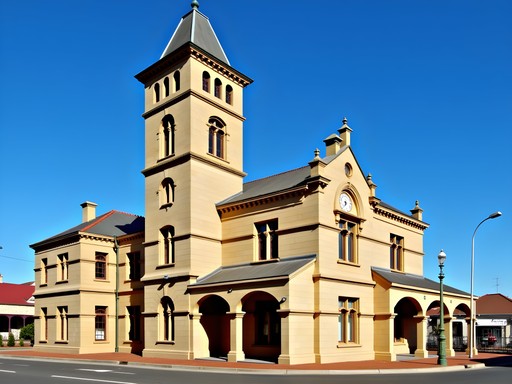
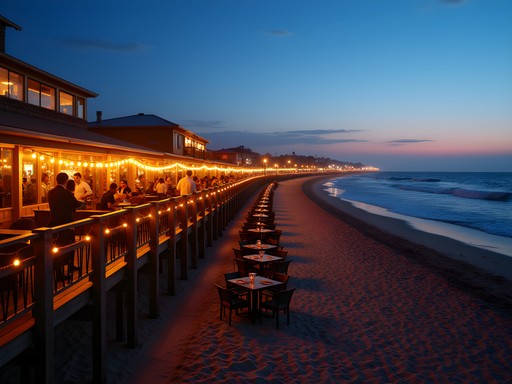


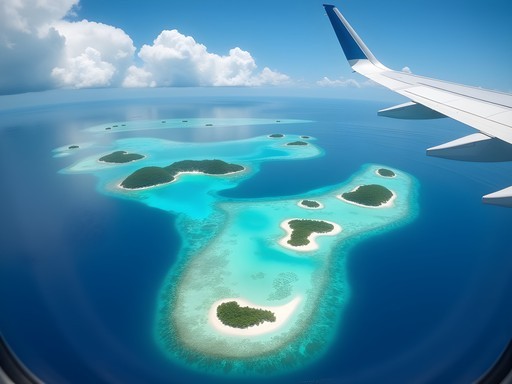
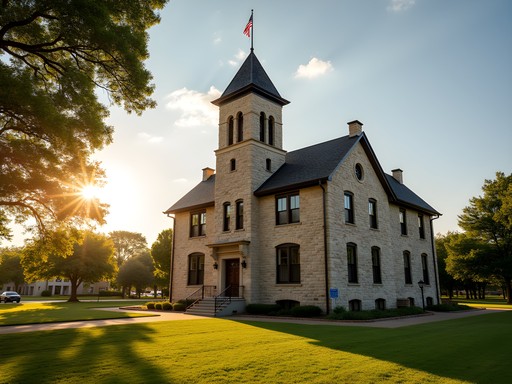

Comments
Frank Garcia
Interesting to see East London from a family perspective! As a backpacker who's visited twice, I'd add that budget travelers can enjoy many of these same attractions. The municipal beach chalets offer affordable accommodation with kitchen facilities (book 3+ months ahead). For wildlife viewing without the Inkwenkwezi price tag, the small Mpongo reserve has self-drive options. The local minibus taxis require some navigation skills but cost a fraction of private transport. The Saturday morning farmers market near Nahoon has excellent local food at non-tourist prices. Matthew's architectural perspective is spot-on about the town's mixed design heritage - worth exploring beyond the tourist zones.
redone
Thanks for the budget tips! Those beach chalets sound perfect for our family.
TravelDad2000
Going there next month with toddlers (2 and 4). Is Nahoon Beach suitable for really little ones?
sunnynomad
Definitely! There's a section called Nahoon Reef that forms a natural paddling pool at low tide - perfect for toddlers. Just check the tide times before you go.
redadventurer
Thanks for highlighting East London! So tired of the same Cape Town/Garden Route recommendations. Booked our family trip for December after reading this!
winterninja
The East London Museum looks amazing! My kids would go crazy for that coelacanth display.
Taylor Moreau
Matthew, excellent coverage of East London's family offerings. I've been there several times on business and always bring my family along. One addition I'd suggest is the East London Aquarium - it's small but perfect for a 1-2 hour visit with children under 10. The penguin feeding sessions at 11:30 are particularly engaging. Also worth noting that the local transport infrastructure has improved significantly since 2021, making it much easier to navigate without a rental car. I've found the South Africa Family Guide particularly useful for this region as it covers some of the lesser-known beaches north of the city.
photoninja
Great post! How safe is the Inkwenkwezi reserve for smaller kids? My twins are 4 and I'm worried they might get scared seeing big animals up close.
Matthew Palmer
Hi photoninja! The guides at Inkwenkwezi are excellent with young children. They keep a safe distance from predators and make special efforts to point out the 'gentler' animals first. My colleague's 5-year-old was initially nervous but ended up loving it!
nomadwalker
Just got back from East London with my two kids (8 and 11) and can confirm everything in this post! Nahoon Beach was the highlight for us - my kids spent HOURS in those tide pools. The lifeguards there were super friendly and even gave the kids a mini lesson on rip current safety. We stayed at Prana Lodge too and it was worth every penny for the family suite. The staff remembered my daughter's birthday with a little cake!
winterninja
Was Prana Lodge very expensive? Looking for something mid-range for my family.
nomadwalker
It's definitely on the higher end, but we found Quarry Lake Inn to be more affordable and still kid-friendly. Great breakfast included too!
redone
Never considered East London for a family trip before! Thanks for putting it on my radar.
BeachMom44
Those beach photos are amazing! My kids would love that tide pool area.
nomadfan
How does the weather hold up in October? Planning a trip with my 5 and 8 year old and wondering if it'll be warm enough for swimming.
citymaster
We went last October and it was perfect! Around 22-25°C most days, water was chilly but the kids didn't mind at all. Just bring light layers for the evenings.
Venture X
Premium card with 2X miles, $300 travel credit, Priority Pass